Dogs are incredible companions, providing endless joy and unconditional love. However, as much as we adore our furry friends, some of our behaviors can leave them puzzled or even slightly annoyed. To foster a harmonious relationship with our four-legged buddies, it’s essential to tune into the subtle cues they give us. Here are 15 human behaviors that might be driving your dog up the wall.
1. Their Relaxation Feels Like Work
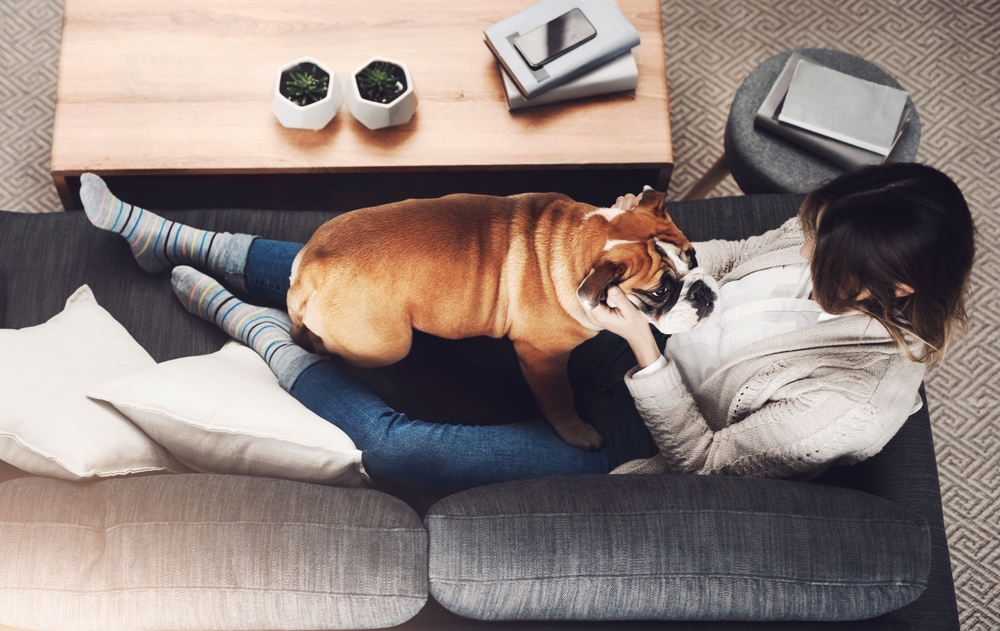
When you unwind after a long day, it’s only natural to settle into your favorite spot on the couch and binge-watch your latest series obsession. You might be thinking, “Hey, this is my chill time!” but your dog may not see it that way. Dogs thrive on interaction and activity, and what seems like relaxation to us can feel like neglect to them. That blank stare or sigh you hear might be their way of saying, “Hey, don’t forget about me!”
Think about incorporating some downtime activities that include your pooch. Toss a toy during commercial breaks or let them cuddle up beside you. Dogs love to be part of the pack, and this small gesture reminds them they’re included. Your relaxation time can become a mutually enjoyable experience. It’s not just about unwinding; it’s about sharing those moments with your furry companion too.
2. The Invisible Leash
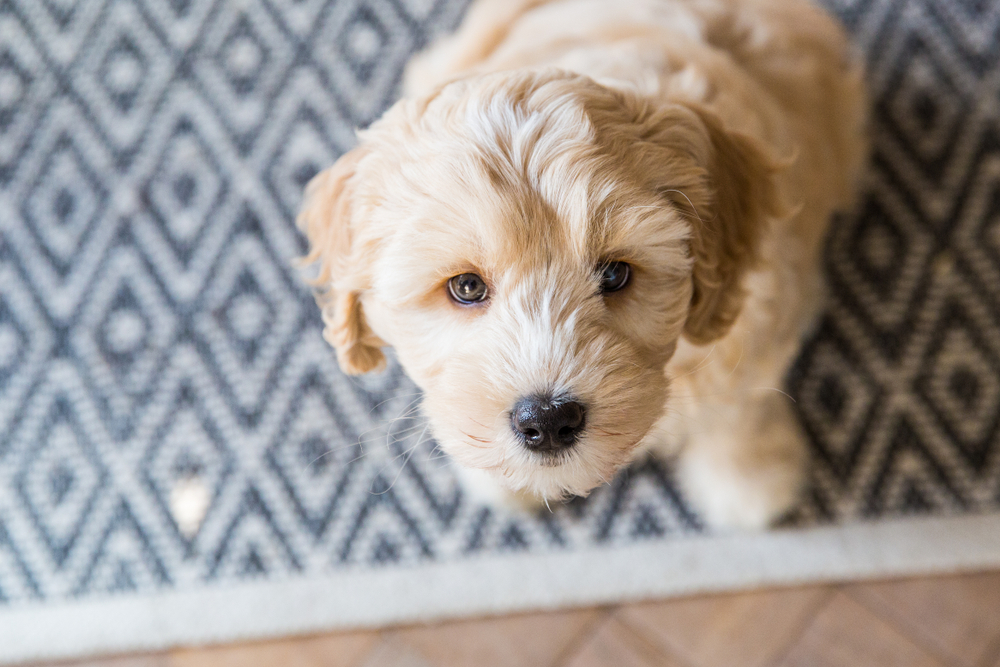
In today’s world, smartphones are like an extra limb for most people. While scrolling through Instagram or checking emails may seem harmless, your dog views this as competing for your attention. To them, you’re physically present but mentally checked out, much like being tethered to an invisible leash. Dogs crave eye contact and engagement, which is hard to maintain when you’re glued to a screen.
Consider setting aside dedicated phone-free time with your pup. It strengthens your bond and ensures they get the attention they deserve. You might find that disconnecting from the digital world allows you to connect more deeply with your canine pal. Whether it’s a walk or a play session in the backyard, these moments are golden for your dog. They’ll appreciate the focus, and honestly, so will you.
3. The Smorgasbord of Smells

Humans love to keep their homes smelling fresh with candles, air fresheners, and sprays. While our noses might be delighted, dogs can find these scents overwhelming. Their sense of smell is far more sensitive than ours; what is a pleasant aroma to us might be an assault on their olfactory senses. Ever notice your pup sneezing or leaving the room? That’s their polite way of saying, “Could you tone it down a bit?”
Consider opting for more subtle scents or natural alternatives. Your dog will thank you for it, and you’ll likely find them hanging around the living room more often. Keep in mind that dogs communicate and understand the world largely through their sense of smell. Making your home a more harmonious place for their snouts can improve their comfort and happiness. Remember, a happy nose makes for a happy dog.
4. The Never-Ending Goodbye
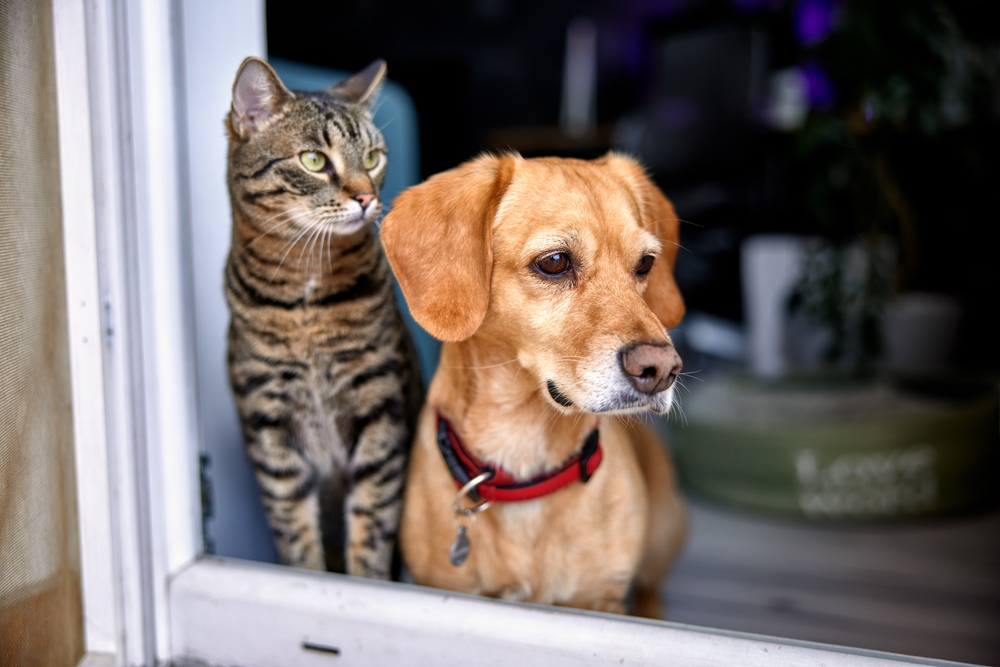
Leaving the house can be a whole production for some people, filled with long, drawn-out goodbyes to their canine companions. What we might think of as a loving farewell can actually cause anxiety for dogs. They don’t understand why you’re upset, but they can sense that something is wrong. This can make your departure seem even more stressful than it needs to be.
Instead, try keeping goodbyes short and sweet. Dogs appreciate a calm farewell, which helps them remain calm too. You can also create a leaving routine that they associate with positive experiences, like giving them a treat or a special toy. This way, they’ll learn that your absence isn’t something to dread. A quick, positive goodbye can make all the difference.
5. The Overwhelming Enthusiasm
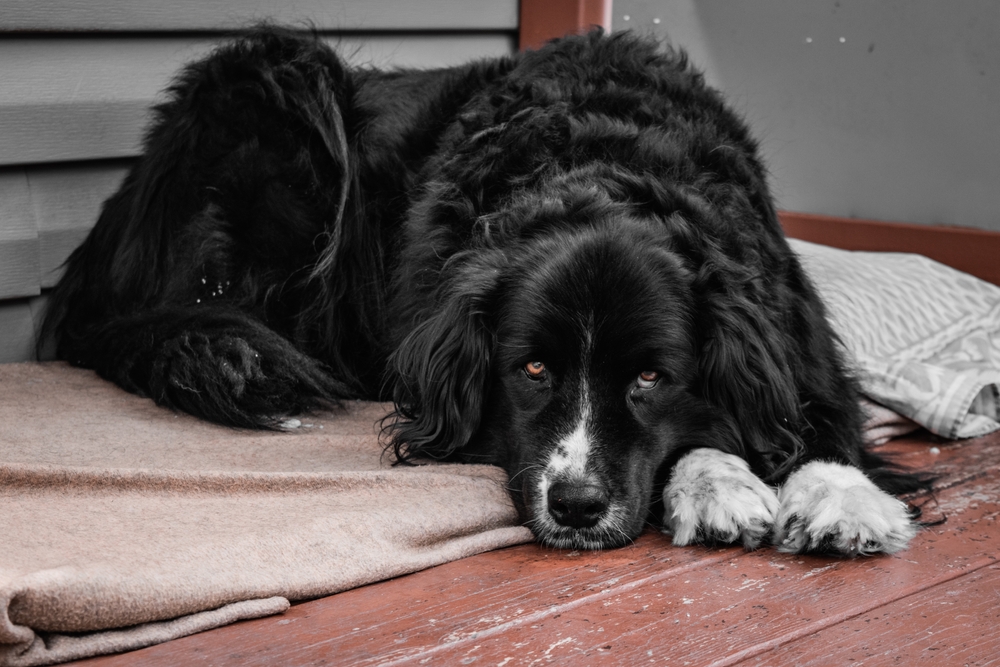
We all love when our dogs greet us with wagging tails and happy barks. In return, we often respond with the same level of enthusiasm. However, not all dogs are fans of loud, high-pitched voices or quick, sudden movements, especially if they’re feeling a bit overwhelmed. Our excitement can sometimes translate as chaos to them, leaving them unsure how to react.
Next time, try greeting your dog with a calm, gentle demeanor. Your dog will likely find a sense of comfort and security in your composed approach. This is especially important if your dog is naturally anxious or shy. They’ll appreciate knowing that you’re their steady rock in a sea of excitement. Your calming presence can help them navigate the whirlwind of emotions they might feel.
6. The Never-Ending Fashion Show
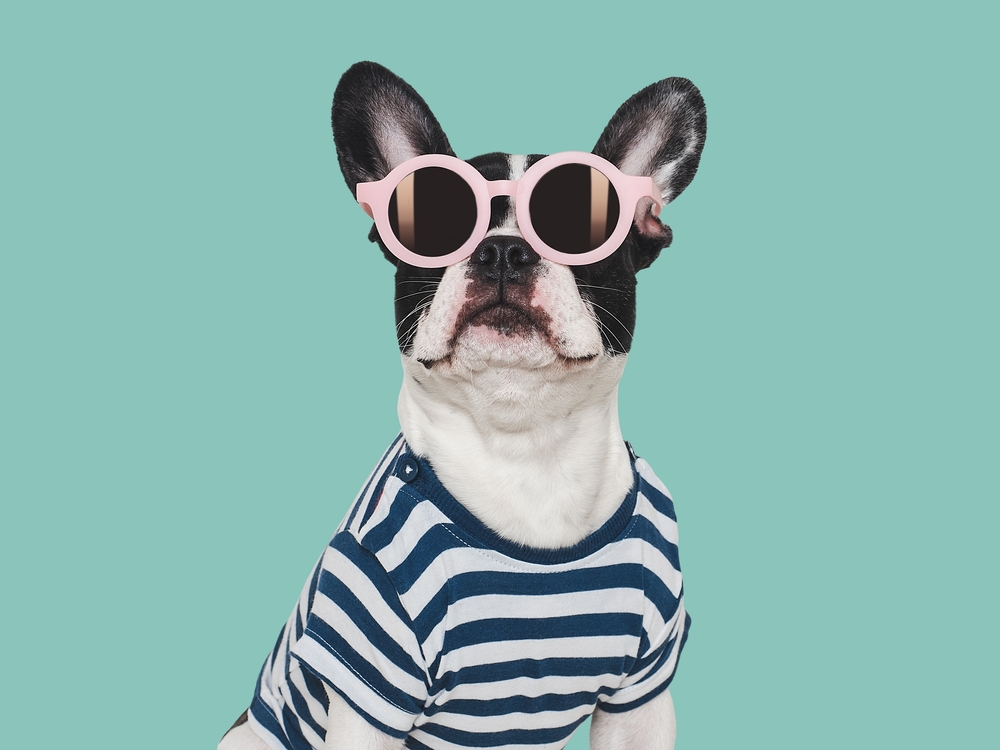
While it’s adorable to see dogs in cute outfits, not every pet enjoys playing dress-up. People often forget that not all dogs are comfortable wearing clothes, no matter how fashionable. What might feel like a harmless Instagram moment can be a source of discomfort for your dog. If they’re trying to shake off a sweater or chew at a hat, take the hint—they’d rather go au naturel.
Instead of forcing attire on them, let your dog’s behavior guide your choices. Some dogs genuinely love the attention and warmth, while others just want to be free. Test out small accessories first, like a bandana, and pay attention to their reaction. If they seem comfortable, great! If not, no worries. The key is to respect their comfort level and individuality.
7. The Confusing Commands
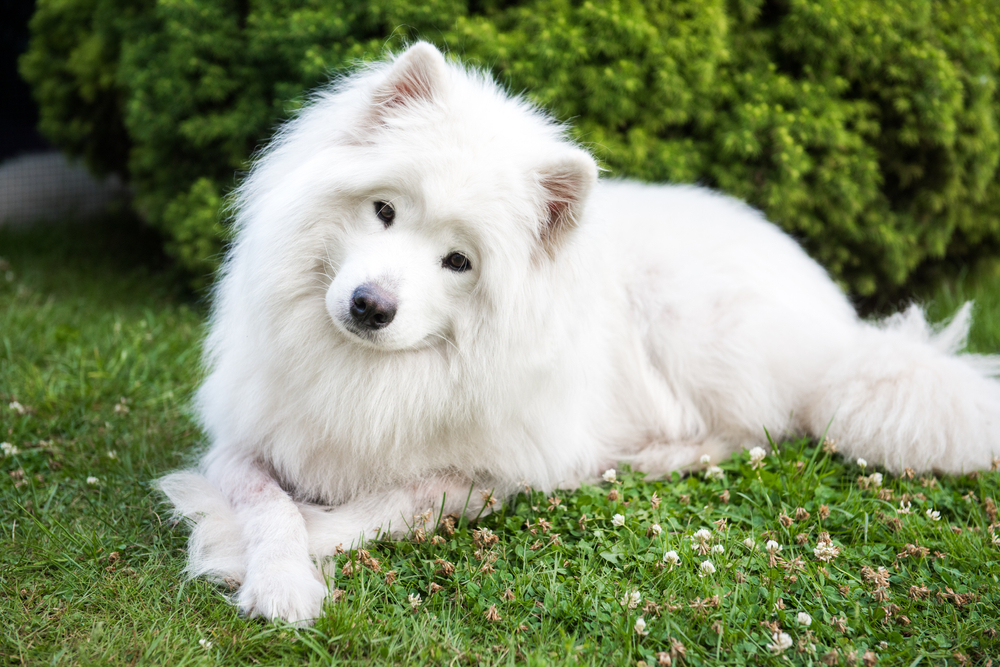
Consistency is the key to training a dog, but people often forget this golden rule. Using multiple words for the same command can leave your dog confused and unsure of what you really want. One day it’s “sit,” and the next it’s “down,” and you wonder why your pup looks at you with those tilted-head, questioning eyes. Dogs thrive on routine and predictability, so mixed messages can disrupt their peace of mind.
Try sticking to a consistent vocabulary when interacting with your dog. This makes communication clearer and strengthens your bond. The more predictable you are, the more likely your dog is to understand and follow your cues. You’ll find that they respond quicker and with more enthusiasm. This simple change can make a world of difference in how smoothly you two operate as a team.
8. The Unwelcome Guests
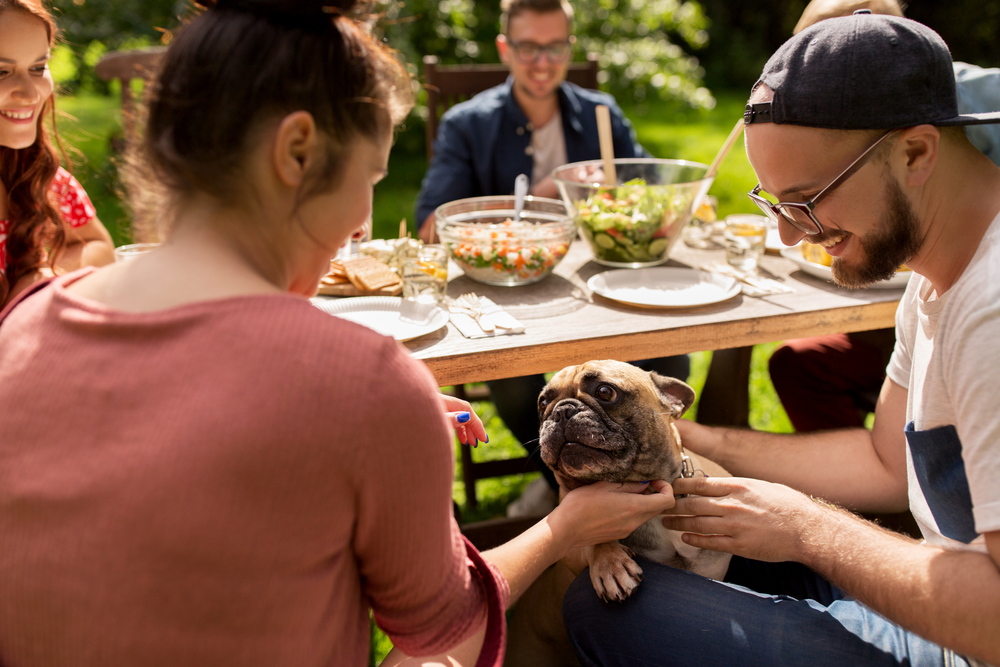
Your dog may not always be thrilled about that last-minute dinner party you decided to host. While socialization is important, not all dogs enjoy a bustling environment with unfamiliar faces. Some may feel threatened or anxious, especially if guests don’t respect their space. You might love the company, but for your dog, it could be an uncomfortable situation.
Provide a safe space for your dog during gatherings, like a quiet room or a crate away from the action. This gives them the option to retreat and relax if they feel overwhelmed. Educate your guests about your dog’s boundaries, so everyone can coexist happily. A little preparation can ensure your dog feels secure. Remember, a happy dog makes for a happier home.
9. The Inconsistent Bedtimes
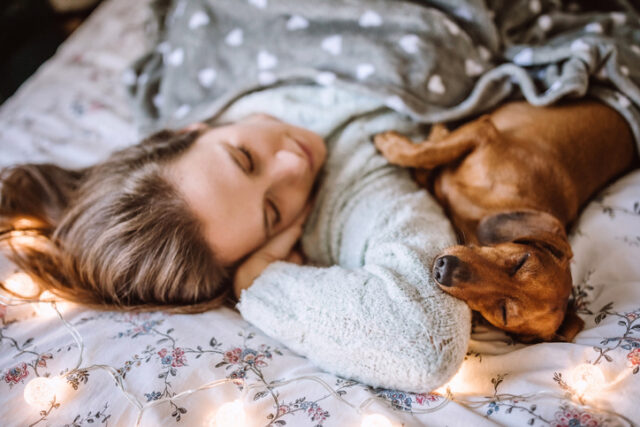
Life can get busy, and routines can fall to the wayside, but inconsistency can be unsettling for dogs. They thrive on predictability, including when it’s time to sleep. If your bedtime varies wildly from day to day, your dog might feel out of sorts. A consistent sleep schedule helps regulate their energy levels and mood, much like it does for us.
Try establishing a bedtime routine that includes your dog. It can be a short walk or a few minutes of playtime before settling down. This ritual signals to your dog that it’s time to rest, helping them wind down. They’ll appreciate the stability, and you might find it helps you relax too. After all, who doesn’t love a good night’s sleep?
10. The Unwanted Baths
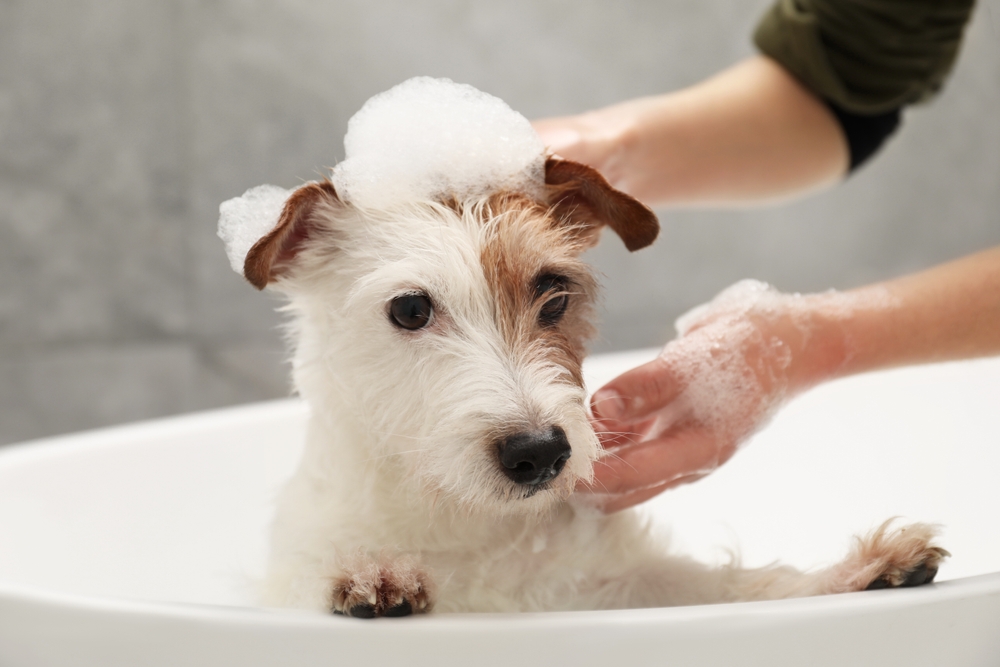
While some dogs love water, others might view bath time as a dreaded chore. When you start the bathwater, your dog might disappear faster than you can say “shampoo.” Dogs don’t naturally understand why baths are necessary, especially if they’re not fond of water. To them, it’s an uncomfortable experience that disrupts their normal routine.
To ease the process, try using positive reinforcement, like treats or praise, during and after the bath. This can help associate the experience with something enjoyable. You can also make the water temperature comfortable and use dog-friendly products. Over time, your dog may come to see baths as less of an ordeal. Patience is key, and a little empathy goes a long way.
11. The Overprotective Snuggles
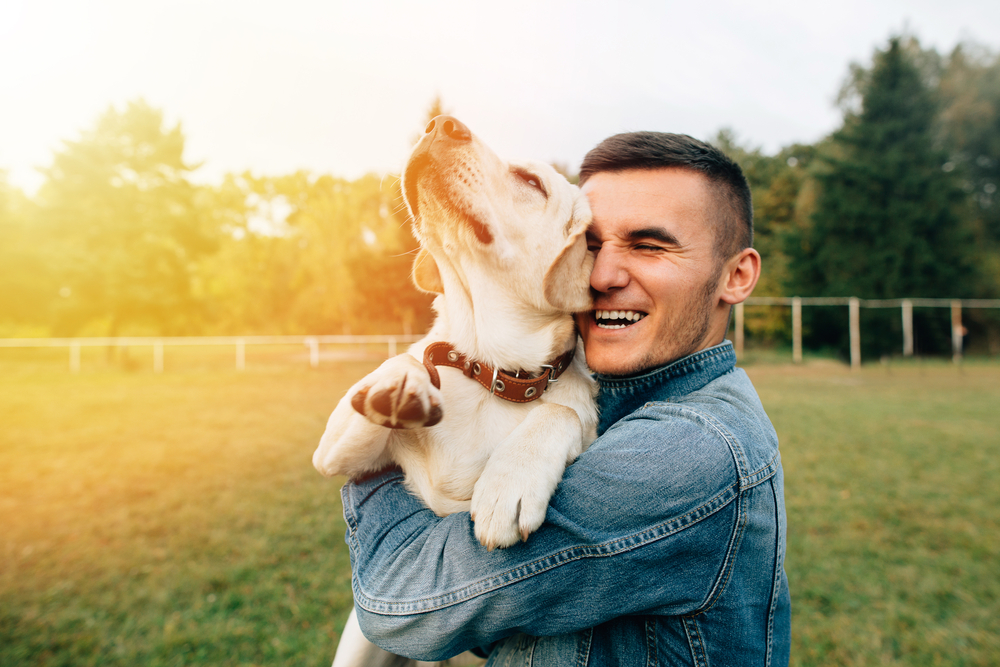
Who can resist snuggling up to their adorable pooch? While some dogs love and demand attention, others need a bit of personal space. It’s easy to forget that dogs, like people, have different comfort levels when it comes to physical affection. What you intend as a loving gesture might be perceived as overwhelming by your four-legged friend.
Watch for body language cues to understand how your dog feels about snuggles. If they seem tense or try to pull away, give them some room. Let them come to you when they want affection. Respecting their personal space can enhance your relationship and make snuggle time more enjoyable for both of you. Remember, love can be shown in many ways.
12. The Unpredictable Loud Noises
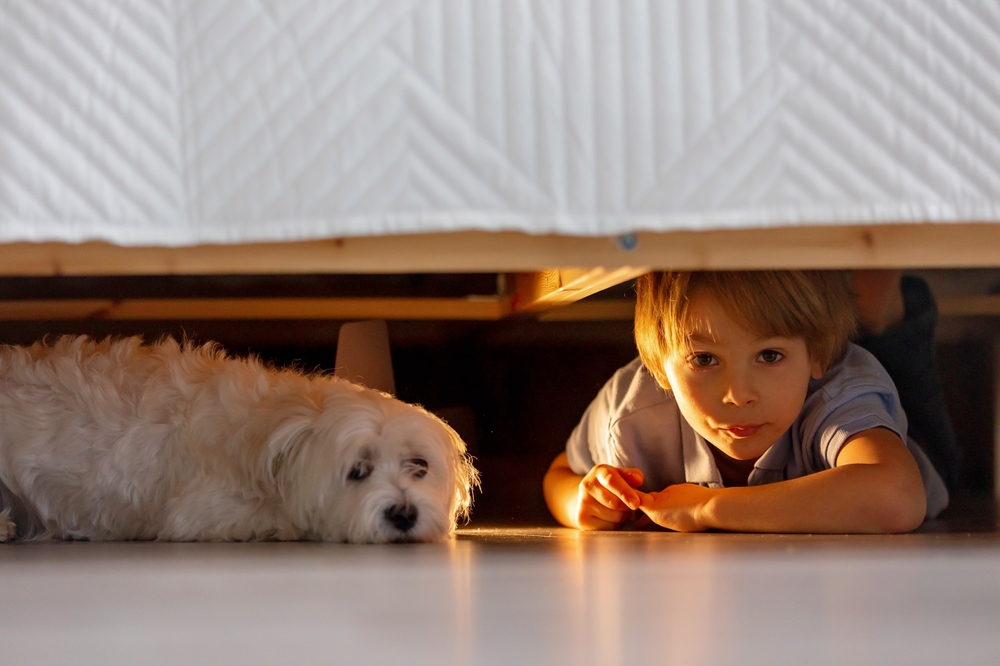
Loud noises are a common source of anxiety for many dogs. Thunderstorms, fireworks, and even loud music can send your dog running for cover. While people might enjoy the excitement of fireworks or a lively party, dogs often find these situations distressing. Their hearing is far more sensitive than ours, amplifying the noise.
During these events, create a safe, quiet space for your pup. You can distract them with toys or play calming music to mask the sound. Some dogs find comfort in a snug-fitting shirt designed to reduce anxiety. Being proactive about reducing noise stress can greatly improve your dog’s well-being. Your pup will feel safer, and you’ll have peace of mind knowing they’re comfortable.
13. The Neglected Walks

In the hustle and bustle of daily life, it’s easy to skip a walk or two. However, walks are crucial for a dog’s physical and mental health. It’s not just about exercise; walks stimulate their senses and provide essential social interaction. Missing out on this can lead to frustration or destructive behavior as your dog looks for an outlet for their pent-up energy.
Try to establish a regular walking schedule that works for both of you. It doesn’t have to be a marathon; even a short stroll around the block can make a big difference. Your dog will look forward to this time with you, and you might find it’s a great way to clear your mind too. Regular walks strengthen your bond and improve your dog’s quality of life. After all, the world is your dog’s playground—let them explore it.
